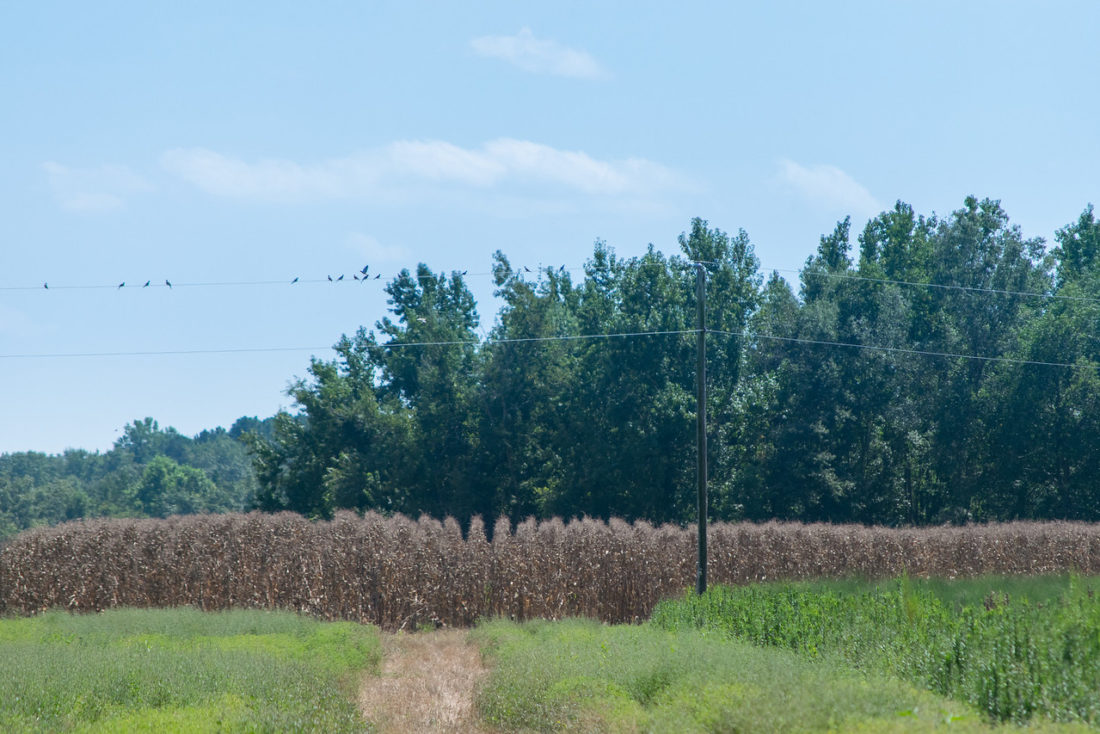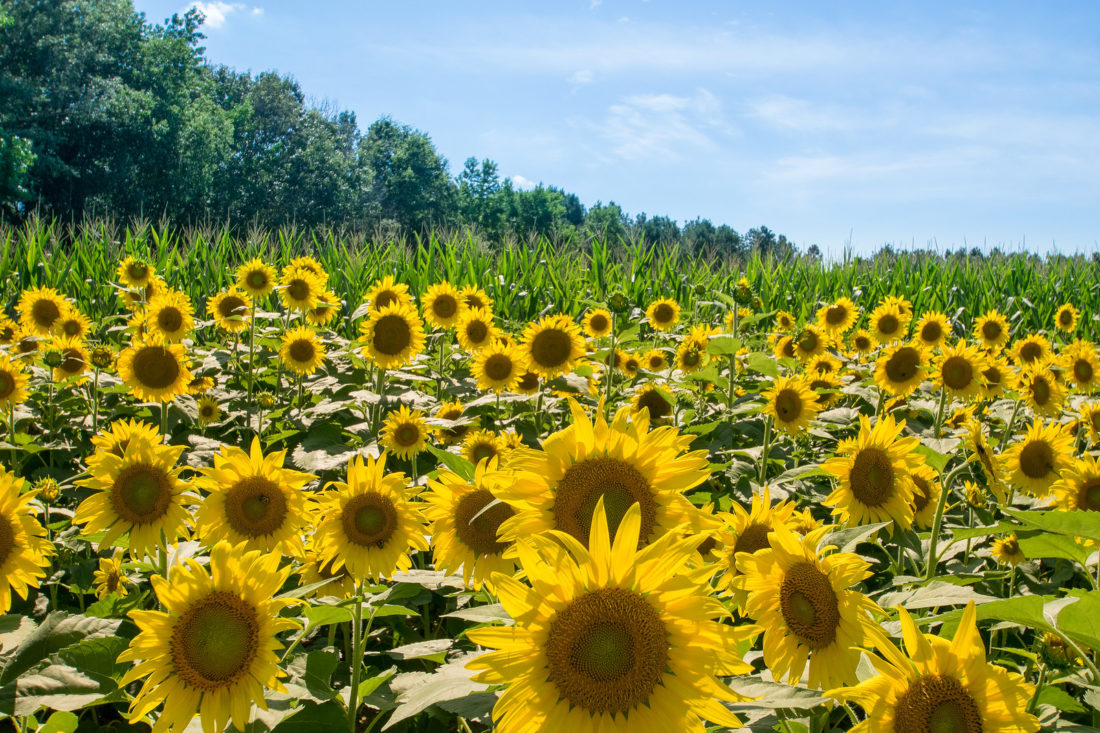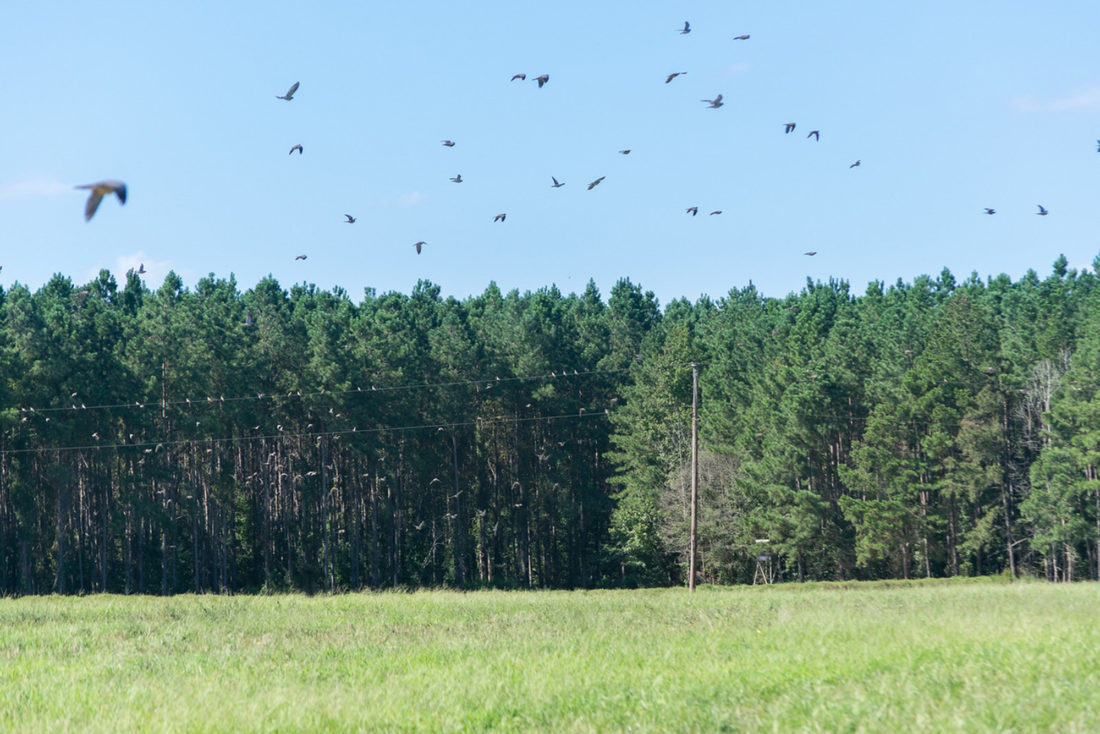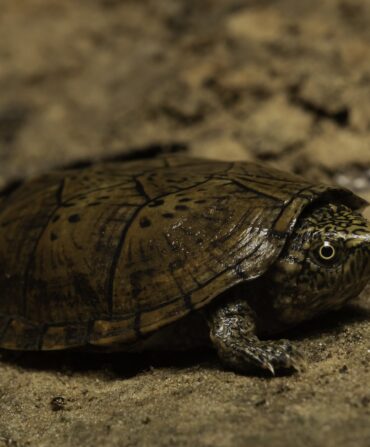When it comes to planting a dove field, I’ll put my money on Don Lee every time. The owner of Garrett Wildflower Seed Farm near Smithfield, North Carolina, Lee has come as close as I’ve ever seen to perfecting the recipe for attracting doves to carefully plotted fields. It doesn’t hurt that he’s a ninth-generation farmer. He also raises seed for a living—mostly native plants that he and his family have cultivated for years. His plots of corn, sunflowers, and croton—a.k.a. doveweed—are meticulously planned and sited. He and a small group of friends and customers will shoot doves from opening day to Thanksgiving and sometimes beyond, and I’ve been fortunate to have witnessed the magic he works on a dove field.
The seeds for croton, Lee’s secret weapon, will need to go into the ground during the cold months. But the time is perfect to put into action a one-two punch of corn and sunflowers, and work on setting aside a small field for croton, which you’ll plant after Christmas for the following season.
All this can be done with a small tractor, or even with an ATV or UTV with a few common pull-behind farming implements. If you can, Lee recommends lining up three small dove fields, each one about two acres. Two fields will rotate with corn and sunflowers, so you’ll have a field of each every year. The other is earmarked for croton, an annual that drops large quantities of seed, eliminating the need for reseeding. Those three crops will mature and produce dove foods throughout the summer and fall, both attracting and holding birds far beyond opening day. And if you don’t have three fields handy, try planting alternating bands of corn, sunflowers, and croton in whatever space you have.

Ideally, one or all of the plots will border tall trees, where doves like to hang out and keep an eye on the fields. A nearby pond or water source is a big bonus, as is a gravel road or rough lot where doves can pick up grit. And a utility line across a field where doves can perch is a great way to keep your eyes on bird numbers as they ebb and flow through the season.
There are a couple of other points to bear in mind. “If you use marginal land for your dove fields,” Lee says, “you’re going to be disappointed.” Fields that are too wet will do poorly when seeded with these dove foods. And talk to a local agricultural extension office for free help in coming up with fertilizer recommendations. Then head to the fields. Here’s Lee’s dove-field prescription.
Corn

“Plant corn as early as you can as the frost date passes,” Lee says. “That’s your first focus and priority.” Lee plants in 30-inch rows, which are wide enough for farm equipment to pass through, but close enough to shade the ground to help with weed control.
Sunflowers

Plan your sunflower plot, but don’t plant too early. “Everybody is cooped up in the winter, and they jump out there in the nice weather with sunflowers,” Lee says. “That’s how you end up with sunflowers that mature too early, and the heads turn down and drop a lot of seed in early August.”
In North Carolina, Lee has a hundred-day rule: Get sunflowers in the ground a hundred days before you want to hunt. And watch the weather. Sunflowers need moisture much more critically than corn, which is planted deeper in the soil. “If it’s hot and dry, don’t plant,” he says. “You’re wasting time and seed. It’s better to wait.”
Choose a high-quality black-oil sunflower seed, and sow sunflowers a half-inch deep. Doves like a field clear of weeds and grasses, so consult with a local agriculture extension office for details on applying herbicides to control weeds in the field.
“You want the sunflowers to bloom out with the heads turned down and most of the yellow fringe deteriorating about two weeks before the season,” Lee figures. “The birds like to sit on the stalk under those heads and peck at that seed. And if it’s fresh and just starting to get to that maturity level, then you’ve hit the peak time.”
Croton

“Whoever called croton ‘doveweed’ really did it justice,” Lee says. Long viewed by farmers as a weed, croton is a relatively low, bushy plant that puts out large quantities of small black seeds that doves can’t resist. I’ve seen doves shoulder to shoulder on 200 yards of utility lines that cross Lee’s croton fields, and the birds stay week after week.
At Garrett Wildflower Seed Farm, croton is sold in one-pound bags, and Lee plans on eight to ten pounds of seed per acre. “Croton takes a little more time and dedication,” he says. Croton seed goes through a period of dormancy and needs cool and damp soil conditions for its first months. Plant it in January and February and it will start to emerge about the third week of April. On the plus side, since croton returns year after year, once it’s established, the hard work is done.
“In the South, you’ll hear people talk about how the best dove hunts they ever had were in cotton fields,” Lee says. “That was the croton. It’s a weed plant, and years ago there were limited herbicides to control it, so it often grew up in the rows of cotton.” By planting croton purposefully, you’ll create an incredibly dove-friendly crop. “It’s the most amazing thing,” Lee says. “You get down under it and it’s like the doves are in tall pines. The floor is clean under that croton, and they are just walking along picking up that croton seed like it’s chicken nuggets.” Doves will key in on croton in July and feed there until the sunflowers mature. Then, when the sunflowers fade, in late October and November, doves go back to the croton. “It has provided some incredible Thanksgiving dove hunts,” Lee says.
If you get started now, Lee suggests you try one plot of corn and two sunflower fields, and plant the two sunflower fields a couple of weeks apart. But once you have a field of croton, he insists, you won’t need that late sunflower field.
“I’ve experimented with all the millets and milos,” he says. “But nothing brings in the doves like corn, sunflower, and croton. You do this and your next problem will be buying enough shells.”
Follow T. Edward Nickens on Instagram @enickens.








